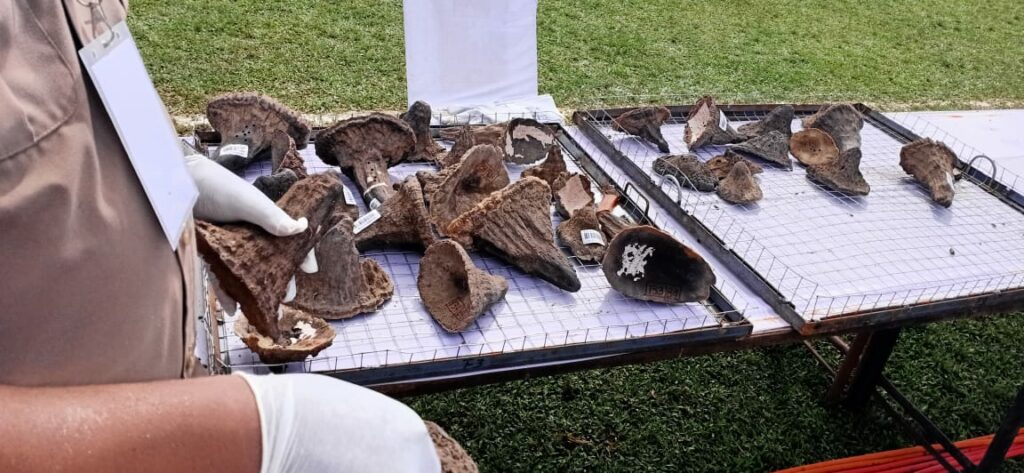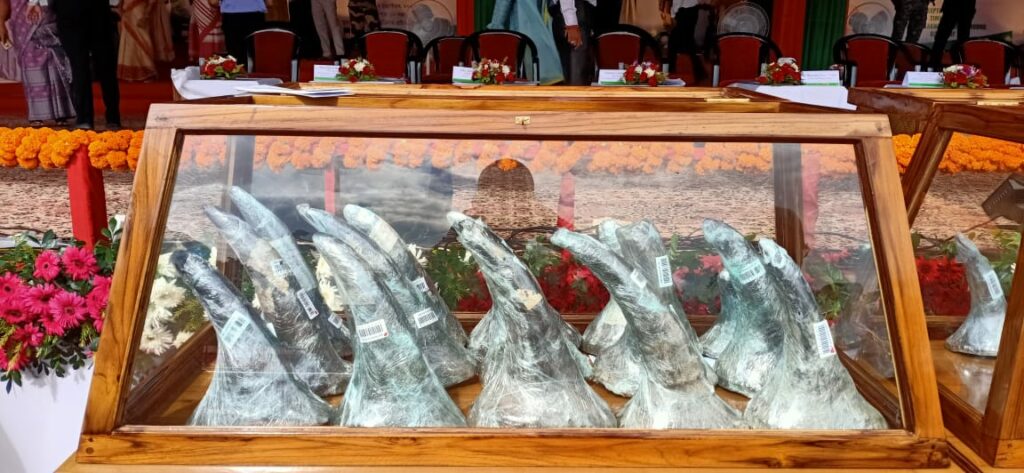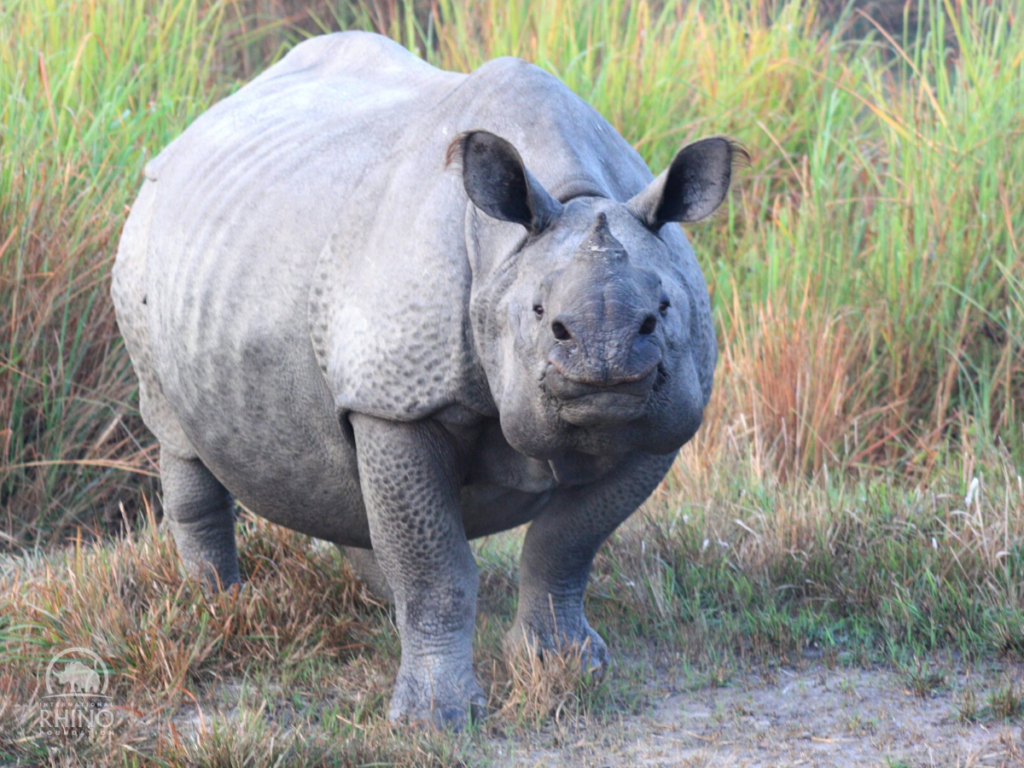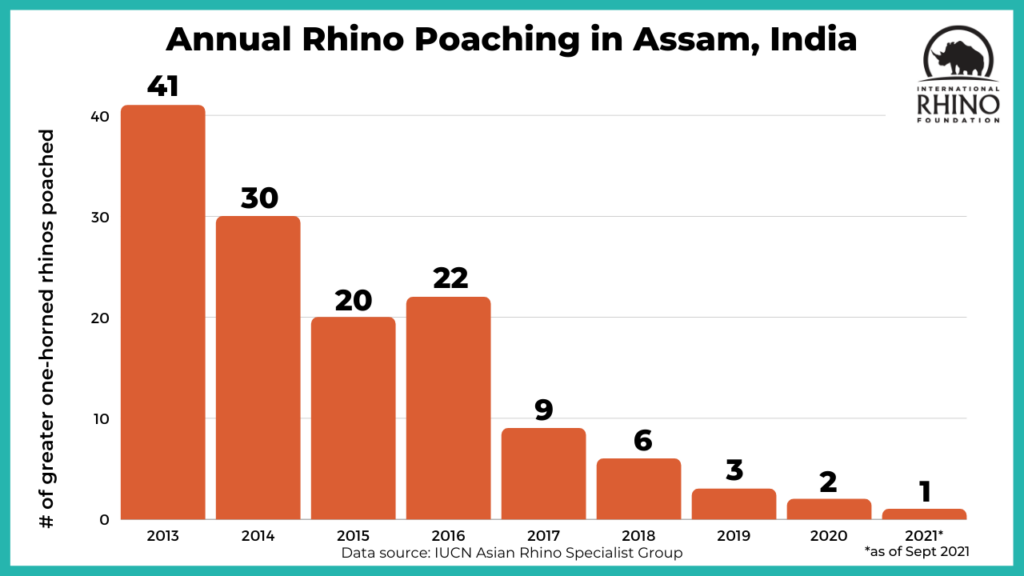India Celebrates World Rhino Day by Burning Collected Rhino Horns


Earlier this week, the Assam Government in India burned its stock of rhino horns in a ceremony to celebrate World Rhino Day and mark its commitment to the conservation of the greater one-horned rhino.
The greater one-horned rhino population, which once numbered as low as 100 individuals in the early 1900s, has increased to more than 3,700 today. Strict protection by government authorities and forestry officials in India and Nepal has resulted in several years of poaching declines. In 2020, there were only two recorded losses in the state of Assam in India, the region with the largest greater one-horned rhino population, continuing the successful downward trend in poaching losses.
The horns burned were seized from poachers and smugglers, or extracted from dead animals over the last four decades and kept in government treasuries for safe keeping. The Assam Environment and Forest Department destroyed around 2,500 rhino horns, ivory and body parts of other protected animals, excluding those being held as evidence in pending court proceedings. Additional specimens were kept for scientific or educational purposes.



The destruction of the rhino horns and other animal parts was conducted in conformity with the relevant provisions of the Indian Wildlife (Protection) Act of 1972 and complies with a court order by the Gauhati High Court.
Rhinos can now be found in four Protected Areas in Assam: Pobitora Wildlife Sanctuary, Orang National Park, Kaziranga National Park and Manas National Park. A coalition of government, community partners and nonprofit organizations, including the International Rhino Foundation (IRF), as well as community partners are developing a new strategic vision for India’s rhinos with a goal to increase the population to 4,500 in the coming decade. The plan will be released later this year.
We congratulate the Government of Assam and all of those in India who have worked to bring this important species back from the brink of extinction, and we are delighted to celebrate World Rhino Day with them.

To learn more about the status of greater one-horned rhinos, and the four other rhino species, please read IRF’s just-released 2021 State of the Rhino report. And make sure you’re signed-up to receive updates like this right to your inbox.


